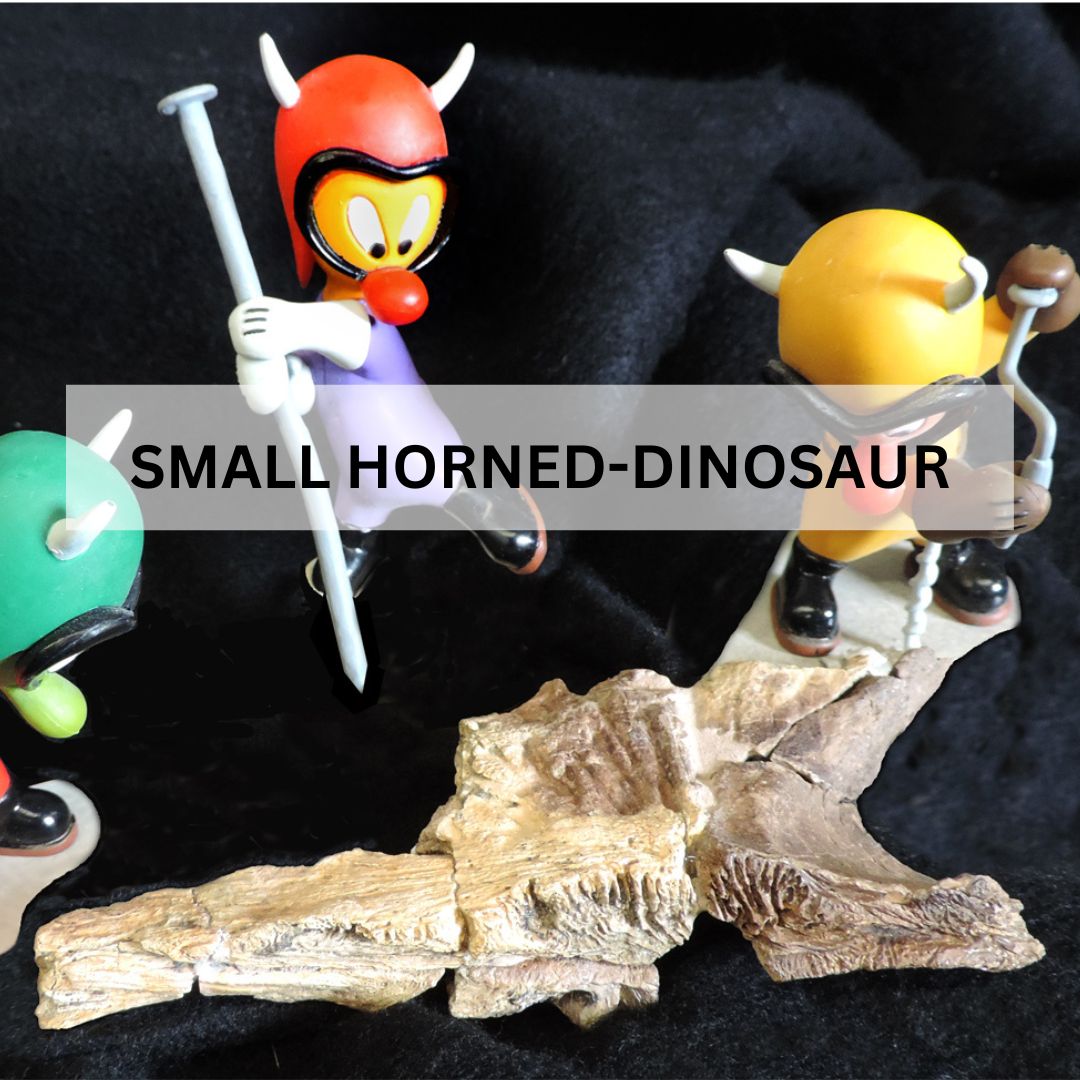New Discovery! Adjunct Research Professor Michael J. Ryan, together with former student Logan Micucci and Prof. Hanika Rizo have described the new small horned-dinosaur, Gremlin slobodorum, from the upper Cretaceous (Campanian) Oldman Formation of southern Alberta (~78 million years ago).
The 2 m (6.6 ft) long Gremlin was a four-footed plant-eater that used its beak-like snout to browse low-growing vegetation. A member of the leptoceratopsidae , it differed from its ceratopsid cousins, such as famous Triceratops, in lacking horns on its face and only having a small frill extending from behind its head.
The description of the new taxon, and its comparison to other leptoceratopsids allowed the researchers to reevaluate characteristics of paired frontal bones of the skull roof that were previously considered important for classification. The identification of the new species also helps to better understand the evolution of leptoceratopsids in Alberta by narrowing the temporal gap between Gryphoceratops, the oldest known leptoceratopsid, and Unescoceratops that sits stratigraphically above Gremlin.
Citation: Michael J. Ryan, Logan Micucci, Hanika Rizo, Corwin Sullivan, Yuong-Nam Lee, and David C. Evans. 2023. A new Late Cretaceous leptoceratopsid (Dinosauria: Ceratopsia) from the Oldman Formation (Campanian) of Alberta, Canada. In Y.-N. Lee, Ed., Windows into Sauropsid and Synapsid Evolution: Essays in Honor of Prof. Louis L. Jacobs, pp. 151-165. Dinosaur Science Center Press: Hwaseong City, South Korea.
Image: Gremlin slobodorum holotype frontal, TMP 2011.053.0027. Photo © M. Ryan
